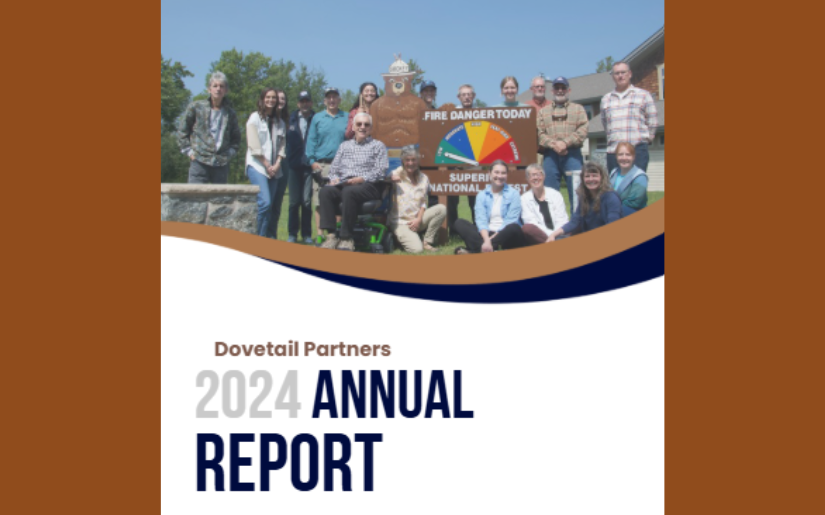Federal Trade Commission (FTC) Green Guides were first introduced in 1992 with the aim of ensuring that consumers who wish to purchase green (environmentally friendly) products and producers who wish to sell them are able to do so effectively. The Guides help marketers to avoid making “misleading environmental claims” and ensure that claims made by marketers are “truthful and non-deceptive”. The FTC revised the Green Guides in 1996 and 1998. A third revision process began in 2010 and the current version of the Guides was released in October 2012. The most recent revision process updated existing sections and added new sections addressing claims related to carbon offsets, “green” certifications and seals of approval (e.g. Good Housekeeping or Better Business Bureau), renewable energy, renewable materials, non-toxic products, and ozone-safe or ozone-friendly materials. The Guides are not agency rules or regulations; however, the FTC can take enforcement action under Section 5 of the Federal Trade Commission Act “if a marketer makes an environmental claim inconsistent with the guides.” Action taken against marketers making claims considered to be deceptive often results in the prohibition of such claims and fines.
This report summarizes the requirements of the Green Guides as they relate to renewable and recyclable materials, including wood and fiber products. This report also highlights recent changes to the Green Guides and the overall impact of the guidelines on green marketing efforts. As the FTC clarifies the definition of terms for marketing purposes, it behooves natural resource-based industries to pay attention to and, whenever possible, to participate in the process to ensure their thoughts and concerns are considered. This is particularly important as long-used broad generalizations (e.g. biodegradable) now have specific and somewhat different meanings when used for promotional purposes.
- Lead AuthorLivingston
- DateJanuary 2015
- CategoryEnvironmental
- Project FileDownload

.png)
.png)



